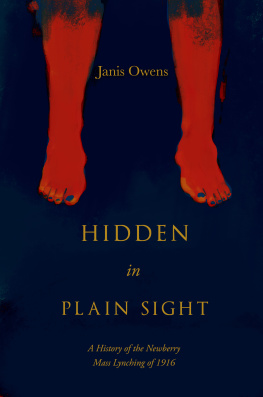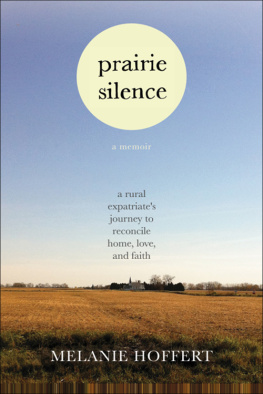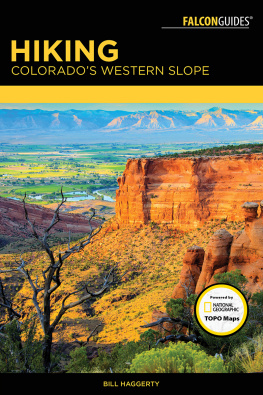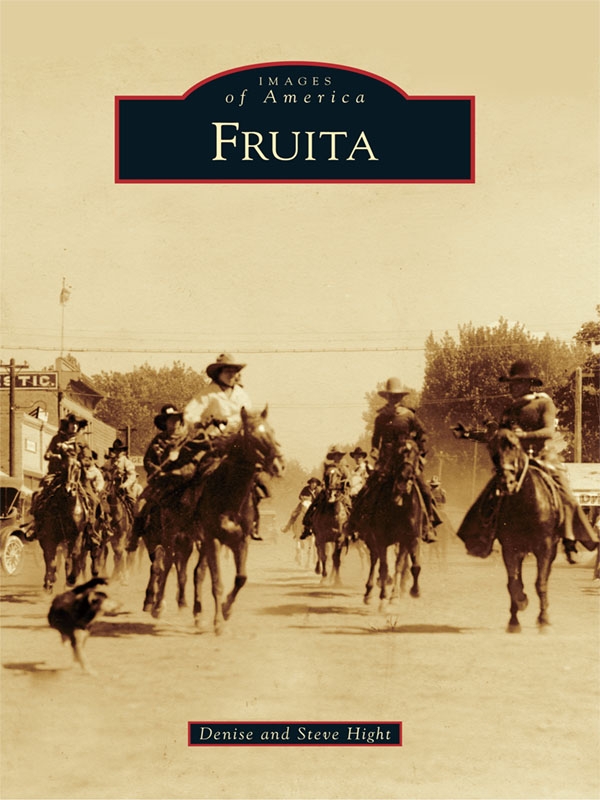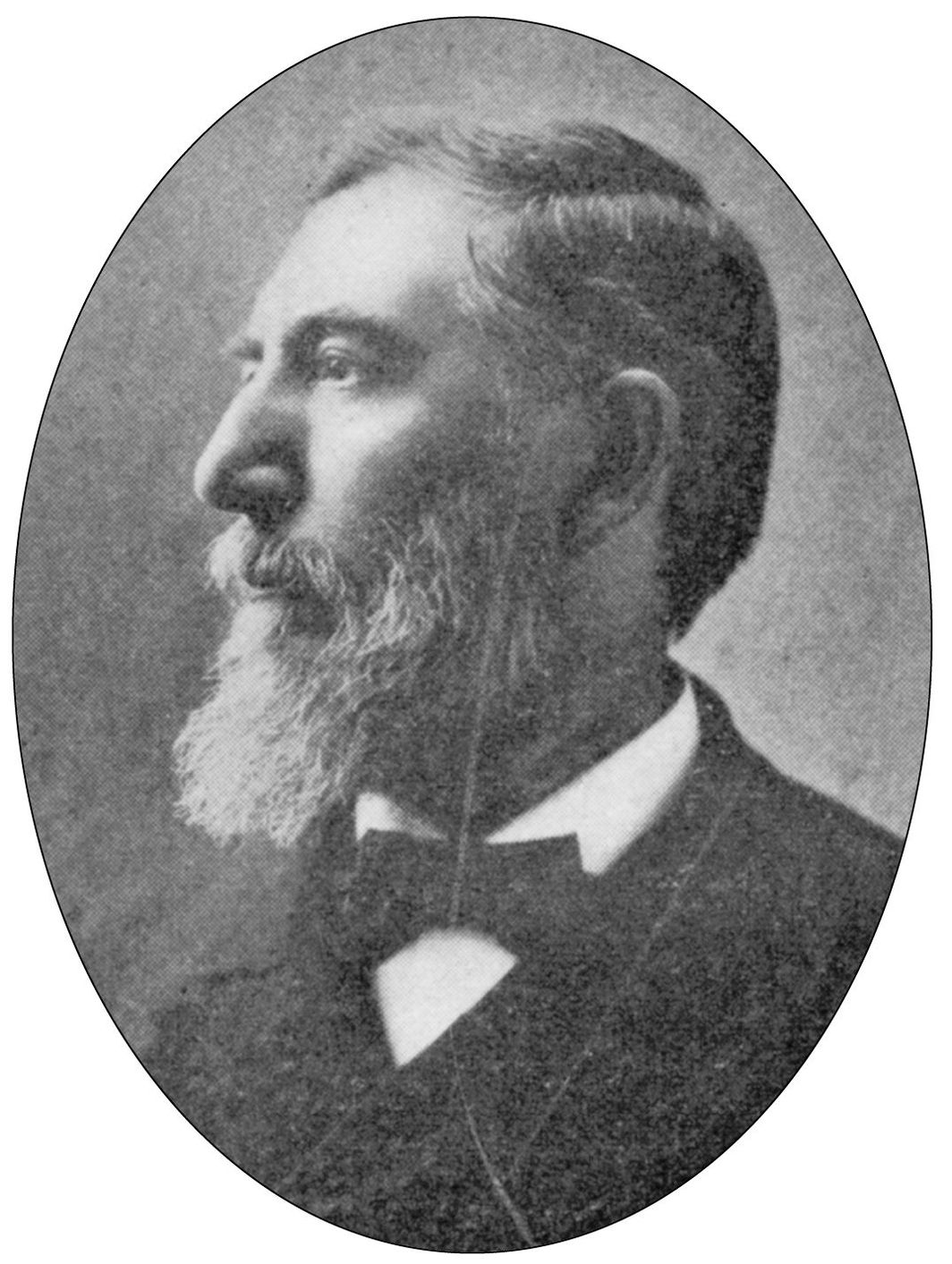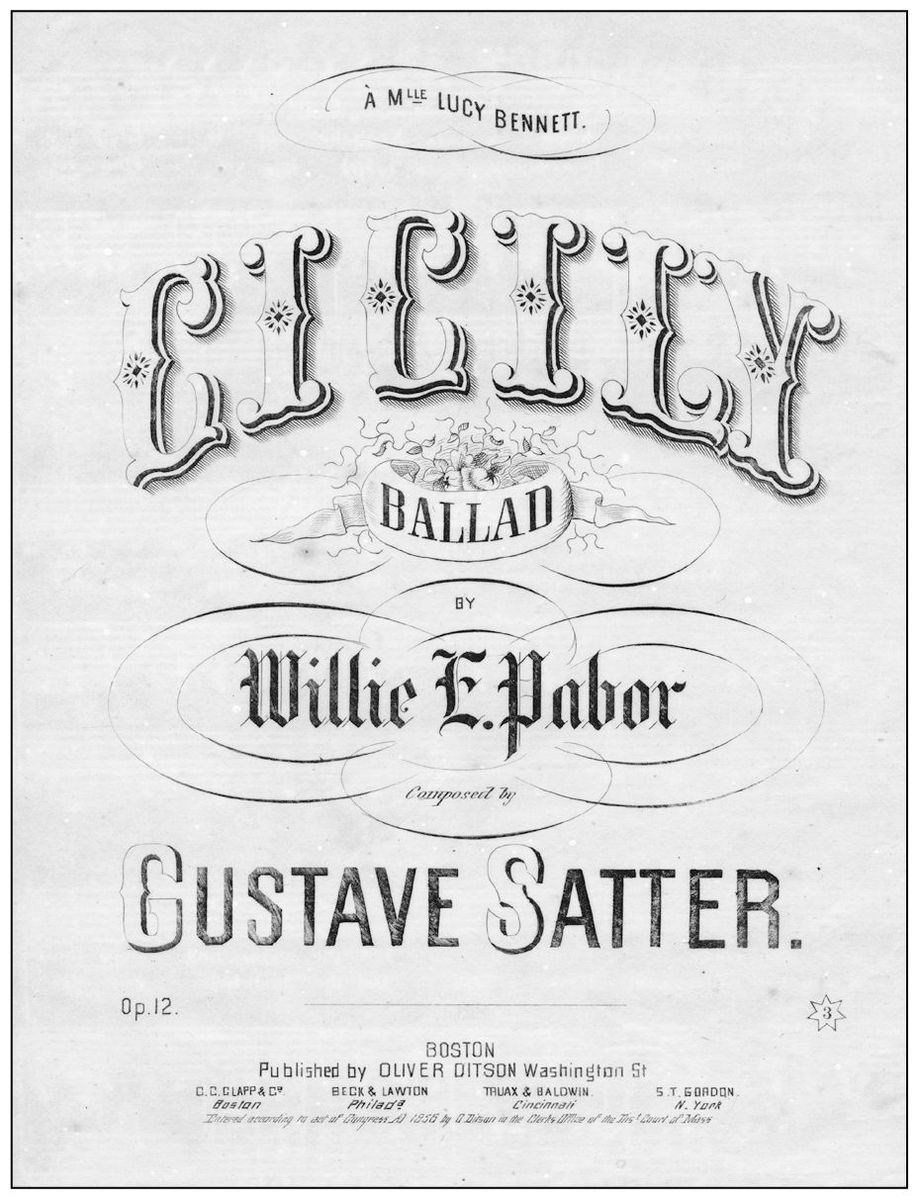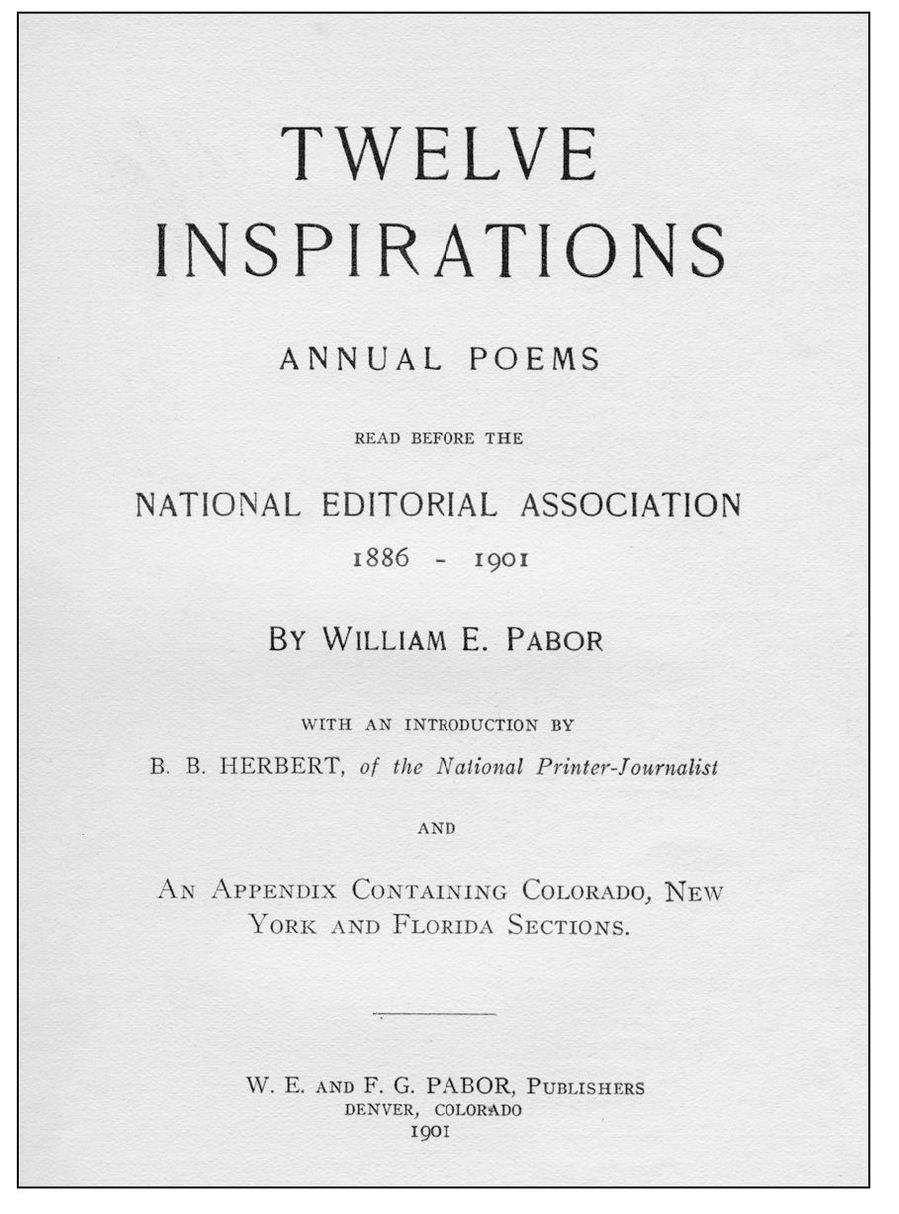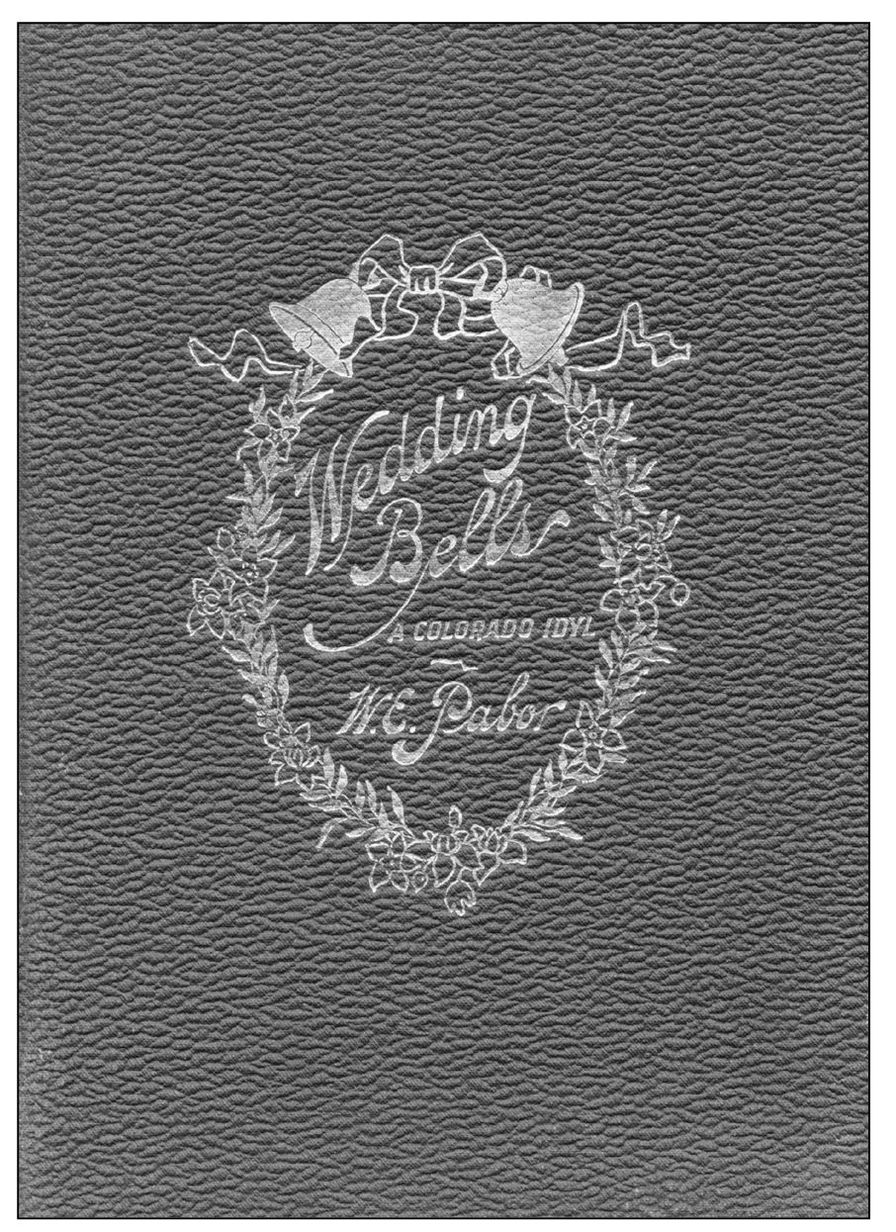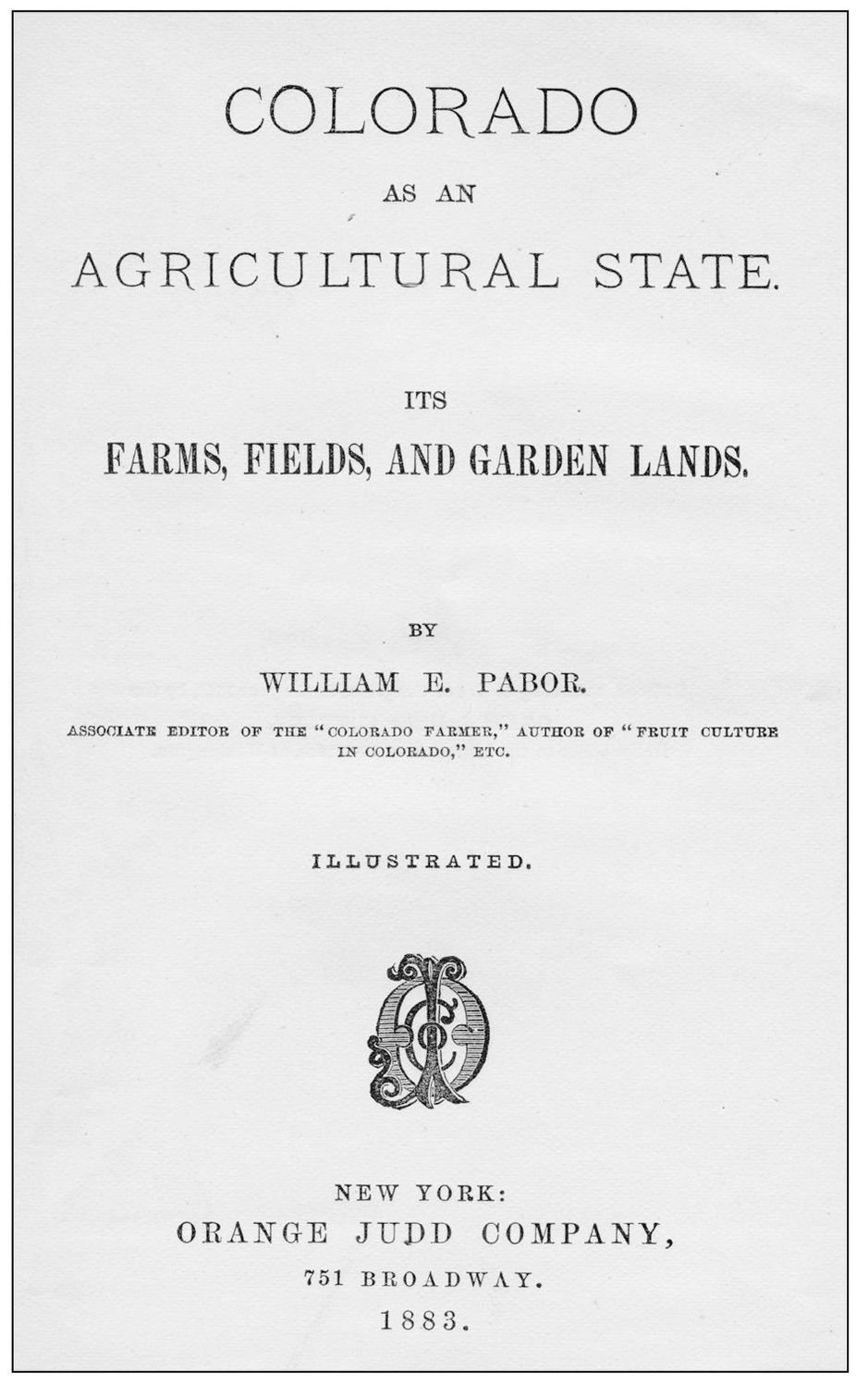A large number of people have helped us with this project. We would first like to thank Alan Kania for suggesting we write this book, and Jerry Roberts, our editor at Arcadia, for entrusting us with this project.
We have been gratified to receive so much encouragement and support from many individuals and organizations. Although it is impossible to list them all, they include Bennett Boeschenstein; Frank Cavalieri and the Lower Valley Fire District; Dave Fishell; Bobbi June Fisher; the Fruita Historic Preservation Board; the Fruita Times ; Fruita mayor Ken Henry; Tiffany Hoffman; Priscilla Mangnall; Cullen Purser; Kevin Switzer; Derick Wangaard of Sanborn Postcards; Mary Lou Wilson; Judy Workman; the enthusiastic members of the Fruita business community; and, of course, our families.
This history would not be possible without the contribution of those who spent many years collecting the stories, artifacts, and photographs that make up Fruitas story. Although we never met Earlynne Barcus and Irma Harrison, we owe them a great deal of thanks and gratitude. We also owe thanks to Gene Thomas, former publisher and editor of the Fruita Times . The history articles printed during his tenure have been invaluable.
We especially thank Yvonne Peterson, chairperson of the Fruita Historic Preservation Board and head of the Lower Valley Heritage Chapter, for giving us free rein in the Fruita Heritage Room and allowing us to take home and scan photographs from the extensive collection she has amassed over the years. Without her efforts, much of Fruitas story would have been lost. Unless otherwise noted, all images appear courtesy of the Lower Valley Heritage Chapter.
Images of America: Fruita is not intended to be a comprehensive history of Fruita. It is, rather, a photographic look at some of the highlights of Fruitas story. It has been our pleasure to compile this book, and we hope it will spur interest in Fruitas history and encourage researchers and students to investigate further. We apologize for any inconsistencies; we have used a large number of sources to compile this history, and we have found that dates, exact locations, and recollections do tend to vary.
BIBLIOGRAPHY
Barcus, Earlynne and Irma Harrison. Echoes of a Dream: The Social Heritage of the Lower Grand Valley of Western Colorado. Fruita, CO: Fruita Triangle, 1983.
Bergner, Merton Nolan. The Development of Fruita and the Lower Valley of the Colorado River from 1884 to 1937, masters thesis, University of Colorado, 1937.
Bowen, A.W. Progressive Men of Western Colorado . Chicago: A.W. Bowen and Company, 1905.
Burnham, Al. Record of Fruita Fire Department From 1921 to 1933 . Unpublished handwritten journal. Fruita, CO.
Fruita Bureau of Information. Fruita, Colorado . Fruita, CO: 1910.
Fruita Chamber of Commerce. Fruita, Colorado: Climate and Crops, Facts and Figures . St. Joseph, MO: Press of the Fruit-Grower, 1906
Fruita High School: 100 Years . Fruita, CO: Fruita Monument Class Reunion Committee, 1993.
La Salle, Albert and Terry La Salle. An Early History of Public Education in the Grand Valley: Volume One, Reorganization . Grand Junction, CO: Mesa County Valley School District 51, 2001.
McCreanor, Emma. Mesa County, Colorado: A 100 Year History . Grand Junction, CO: Museum of Western Colorado Press, 2002.
McGuire, William and Charles Teed. The Fruit Belt Route: The Railways of Grand Junction, Colorado 18901935 . Grand Junction, CO: National Railway Historical Society, Rio Grande Chapter, 1981.
Pabor, William E. Colorado as an Agricultural State: Its Farms, Fields, and Garden Lands . New York: Orange Judd Company, 1883.
Pabor, William E. Wedding BellsA Colorado Idyll . Denver, CO: The Reed Publishing Co., 1900.
Thomas, Gene and Pat Thomas, eds. Special 75th anniversary edition, Fruita Times 65, No. 40. October 15, 1959.
Find more books like this at
www.imagesofamerica.com
Search for your hometown history, your old
stomping grounds, and even your favorite sports team.
One
A POETS VISION
WILLIAM PABOR, FOUNDER OF FRUITA. William Edgar Pabor came to Colorado from New York City in 1870 as secretary of the Union Colony that established Greeley. He then helped establish Colorado Springs and was cofounder of Fort Collins. Arriving in Grand Junction in 1883 to reorganize the Grand River Ditch, he was inspired to buy 80 acres a few miles west and establish Fruita in 1884. (Authors collection.)
SONG LYRICS BY WILLIAM PABOR. Before Pabor came to Colorado, he worked at a pharmacy, as a newspaper editor, and as a postmaster. Although he received no formal education beyond the age of 12, he was a nationally known poet and lyricist. His poems appeared in leading publications, including Godeys Ladys Book , Petersons , and Ballous . The music and lyrics for Cicily were published in 1856. (Authors collection.)
COMPILATION OF WILLIAM PABORS POETRY. Pabor traveled all over the United States and was active in many organizations. He served, for example, as secretary and poet laureate of the National Editorial Association. Each year, Pabor would address the NEA convention with one of his poems. Twelve of these poems, read before the association between 1886 and 1901, were compiled into a book titled Twelve Inspirations . (Authors collection.)
POETRY INSPIRED BY COLORADO. William Pabor continued writing poetry throughout his life. Among his many published works was a book-length lyric inspired by his love of nature and scenery, Wedding BellsA Colorado Idyll , that was published by his son Frank Greason Pabor, an editor in Denver, in 1900. A number of Pabors poems were published in Rhymes of the Rockies , an anthology of poetry descriptive of scenes... as viewed from trains of the Denver and Rio Grande Railroad, published in 1895. Pabor was probably the anonymous author and editor of that 64-page booklet. As well as being published under his own name in it, Pabor used the pseudonym Edgar P. Vangassen, composed of elements of his own name plus a phonetic respelling of his mothers maiden name, Wingassen. (Both, authors collection.)
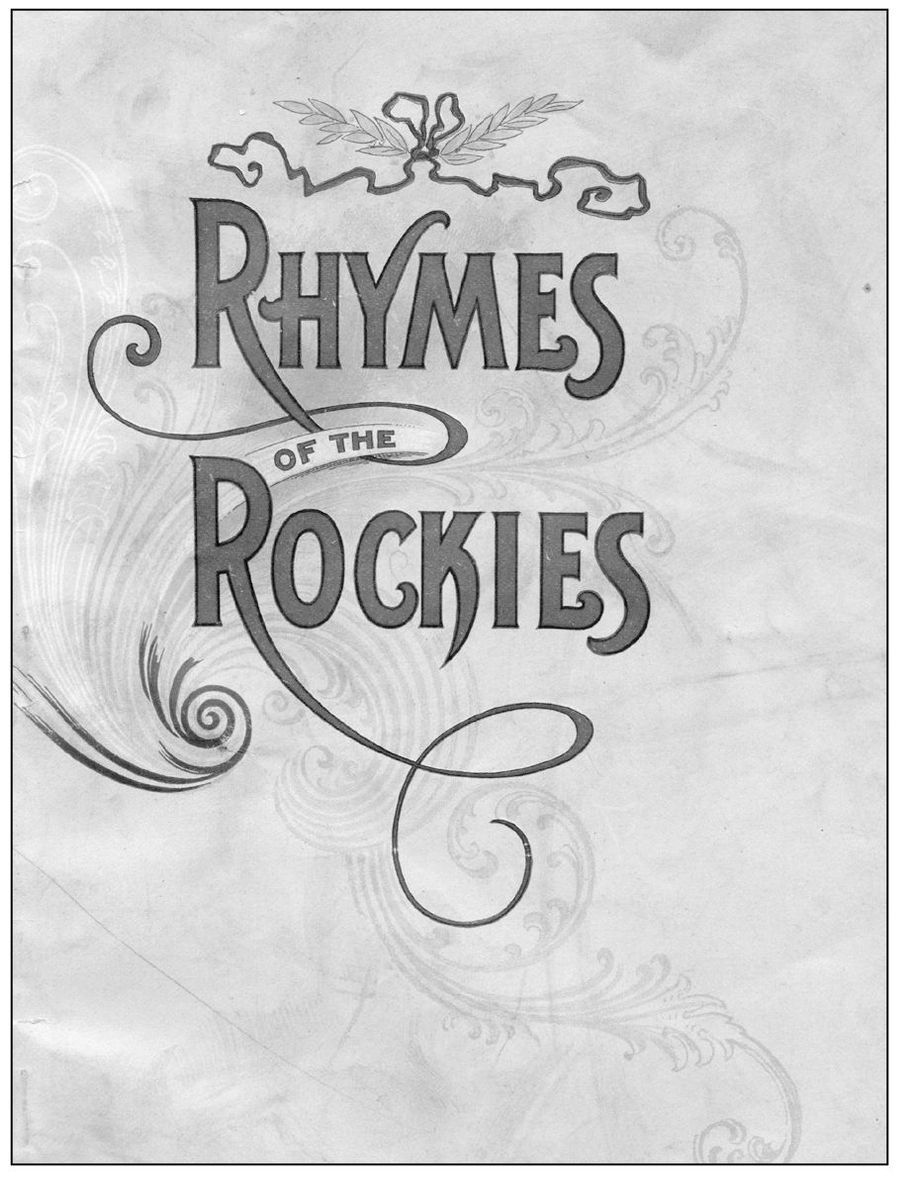
WILLIAM PABORS AUTOGRAPH. Pabors interests were not limited to poetry and song lyrics. He was a relentless promoter of Colorado who edited and wrote for several newspapers and periodicals in the state, including the Valley Home of Colorado , Colorado Farmer , and Western Colorado . Pabor also wrote books on agriculture, including Colorado as an Agricultural State and Fruit Culture in Colorado , both published in 1883. He was an expert on agricultural irrigation, and a visit to Western Colorado in 1883 convinced him that fruit would thrive in the Grand Valley. This copy of Colorado as an Agricultural State was inscribed by Pabor to D. B. Kingsley in Grand Junction in 1883. This was probably Darwin Kingsley, an editor from Vermont who ran a printing company with Edwin Price. (Both, authors collection.)






